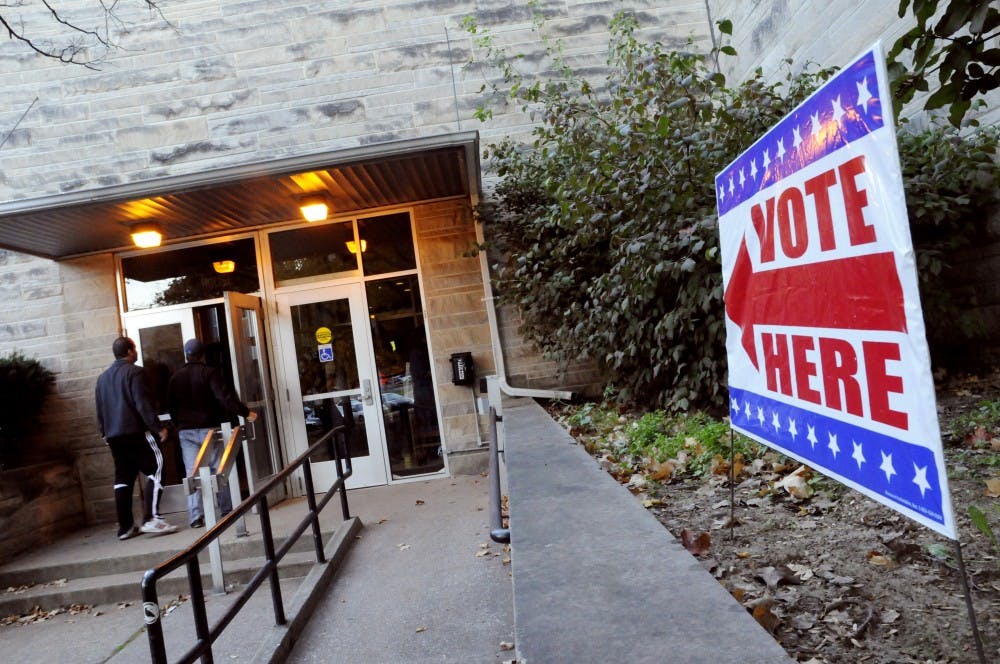To repeat the age-old cliche, the upcoming midterm elections will likely come down to turnout.
The Hoosier voter turnout in 2016 was three percentage points below the national average, according to data from the U.S. Census Bureau. Of the about 4,795,000 voting age citizens in Indiana, 2,795,000 made it to the polls on Election Day.
That’s about 58.3 percent of the population, below the national average of 61.4 percent, though the margin of error for Indiana’s statistic was higher than the national figure.
In terms of registered voters as a fraction of the population, Indiana also scored just below the national average. There were about 3,298,000 registered voters on Election Day, which represented 68.8 percent of the voting age citizen population in Indiana. On a national scale, the figure was 70.3 percent.
When one looks at the turnout and registration rates for the last midterm elections in 2014, the closest comparable metrics to 2018, the proportions drop. This is standard — turnout is almost always lower during midterm elections, and the president’s party almost always loses seats in Congress.
Lower midterm turnout has been the case since the 1840s, according to Pew Research Center. Around 57 percent of the voting-age population in the United States did so in 2008. In 2010, 36.9 percent of the voting age population came out to the polls, and Republicans won back the House.
About 1,646,000 Hoosiers voted in 2014. Proportionally, it represented about 35.1 percent of the 4,693,000 voting-age citizens in Indiana. The national average that year was 41.9 percent, more than 6-point difference from Indiana.
In a recent Pew report, voters favored Democratic candidates over Republican candidates in their congressional districts by a ratio of 52-to-42.




